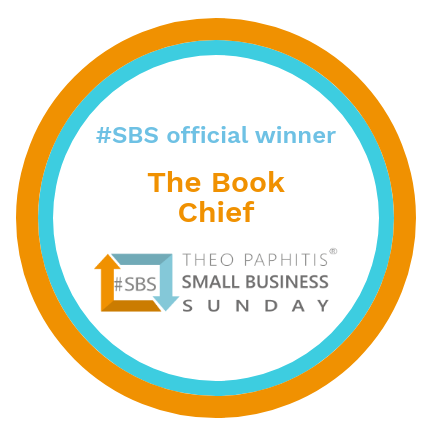Storytelling is a powerful tool that transcends mere communication; it engages, inspires, and moves audiences. Whether in business, education, or entertainment, the ability to tell a compelling story can make all the difference. Here are some effective storytelling techniques to master:
1. Start with a Strong Hook: The beginning of a story is crucial. A strong hook grabs the audience’s attention immediately, making them want to know more. This could be a surprising fact, a provocative question, or a vivid description that sets the scene.
2. Develop Relatable Characters: Characters are the heart of any story. They should be relatable, with motivations and flaws that resonate with the audience. Well-developed characters make it easier for the audience to become emotionally invested in the story.
3. Build a Narrative Arc: A well-structured narrative arc includes a beginning, middle, and end. This arc should include rising action, a climax, and a resolution. The conflict drives the story forward, and the resolution provides closure.
4. Use Descriptive Language: Effective storytelling involves engaging the senses. Descriptive language that appeals to sight, sound, touch, taste, and smell can make a story more vivid and immersive. Metaphors, similes, and analogies are also useful tools for creating strong imagery.
5. Show, Don’t Tell: Instead of telling the audience how to feel, show them through actions, dialogue, and details. This technique allows the audience to draw their own conclusions, making the experience more personal and impactful.
6. Incorporate Emotion: Stories that evoke emotions are more memorable. Whether it’s joy, sadness, anger, or fear, connecting with the audience on an emotional level can leave a lasting impression. The key is to make these emotions feel authentic and relevant to the story.
7. Keep the Audience in Mind: Understanding your audience is essential. Tailor your story to their interests, values, and level of understanding. Consider what will resonate with them and how you can convey your message in a way that is both engaging and meaningful.
8. Include a Clear Message: Every story should have a purpose or a message. This message should be clear and woven seamlessly into the narrative. It can be a moral lesson, a call to action, or simply a reflection on life’s complexities.
9. Use Pacing Effectively: Pacing controls the speed at which the story unfolds. Varying the pace can help maintain interest, build suspense, and emphasise key moments. Faster pacing might be used during action scenes, while slower pacing can be effective for moments of introspection or emotional depth.
10. End with Impact: The ending of a story should be memorable and satisfying. Whether it’s a twist, a resolution of conflict, or an open-ended conclusion that leaves the audience thinking, the ending should provide a sense of completion.
Effective storytelling is both an art and a science. By mastering these techniques, you can craft stories that captivate and resonate with your audience, making your message more impactful and memorable.





